- All
- Product Name
- Product Keyword
- Product Model
- Product Summary
- Product Description
- Multi Field Search
Views: 88 Author: Site Editor Publish Time: 2025-08-07 Origin: Site
Terminal electronicsis the key point from a electronic components device .Terminal electronic may also refer to an electrical connector at this endpoint, acting as the reusable interface to a conductor and creating a point where external circuits can be connected.A terminal may simply be the end of a wire or it may be fitted with a connector.
In much date analysist,terminal electronics means a point at which connections can be made to a network in theory and does not necessarily refer to any physical object. In this context, especially in older documents, it is sometimes called a pole,2p,3p,4p up to xpoles. On circuit diagrams, terminals for external connections are denoted by empty circles.They are distinguished from junctions .which are entirely internal to the circuit and are denoted by solid circles.
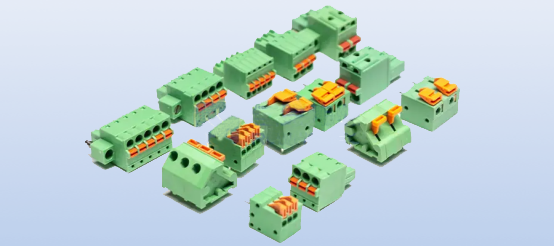
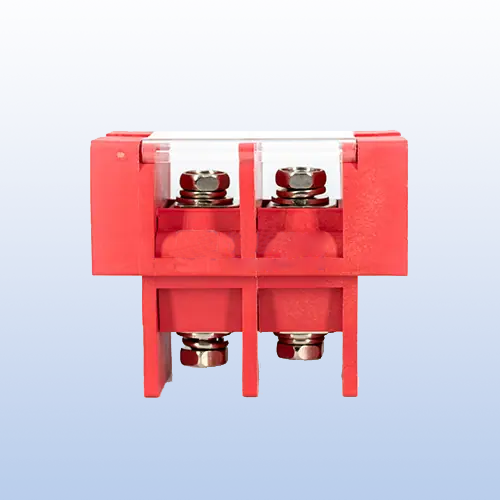
Screw terminal blocks is the most traditional type of wiring terminal. In which the wires are stripped of insulation and then wrapped around a screw that is tightened down with a screwdriver. The benefits of screw terminal blocks are their reliability, low cost, and easy maintenance. However, they require more time and effort to wire up, and they may loosen over time when exposed to vibration.
 Screw terminal block-black
Screw terminal block-black Screw terminal block-red
Screw terminal block-red 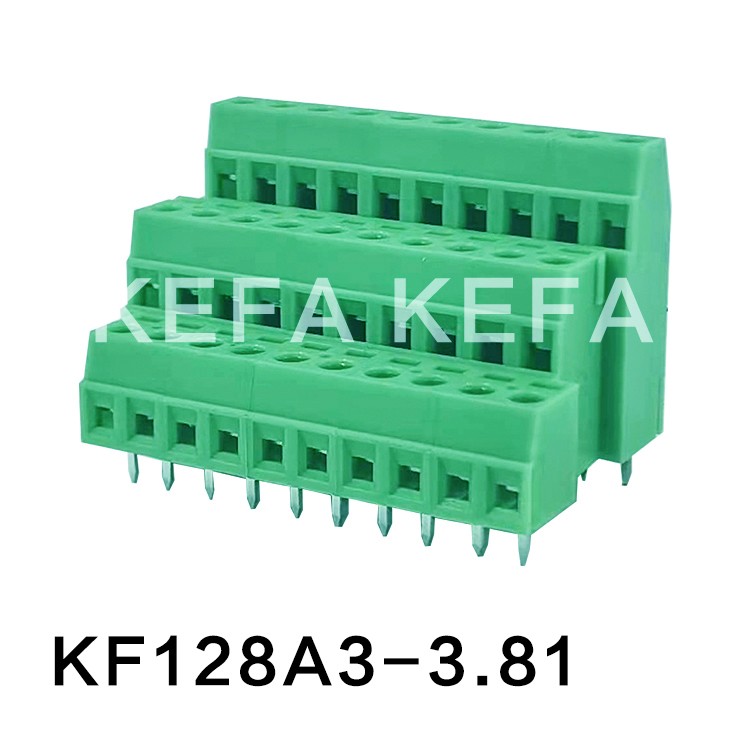
Pressure terminal blocks are similar to screw terminal blocks in terms of their reliability and low cost. However, pressure terminal blocks require less time to wire up and provide more consistent contact pressure than the screw terminal block. Instead of tightening a screw, a user inserts the wire end into the terminal block and then uses a spring-loaded clamp to press down on it.
The clamp compresses the wire against a current bar and holds it tight. This design makes pressure terminal blocks ideal in applications that involve frequent disconnections.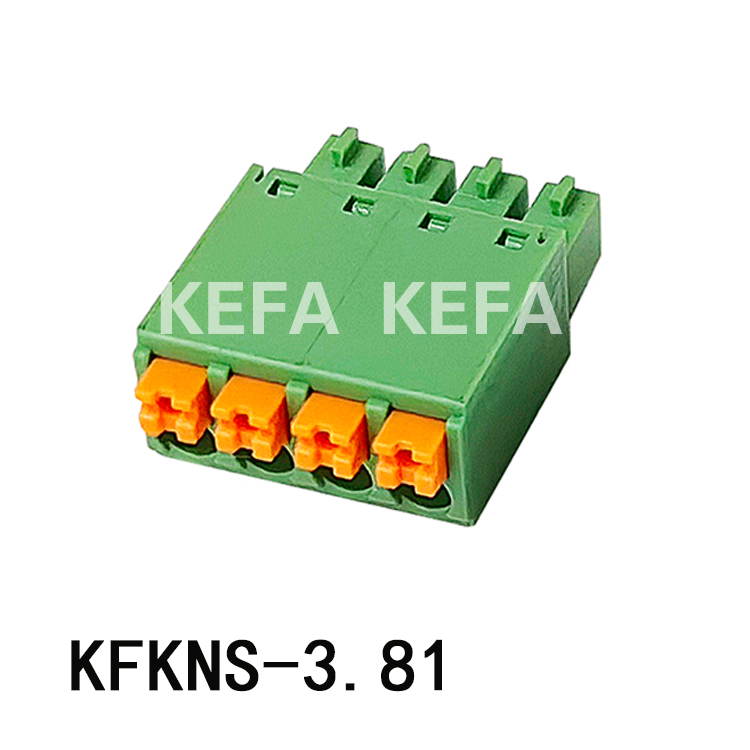
Pluggable terminal blocks, such as DIN rail terminal blocks, are more expensive than screw and pressure terminal blocks. However, they have the advantage of being easy to install and remove.
Pluggable terminal blocks have a female connector. In which male connectors can be inserted quickly and easily. They are commonly used in areas that require frequent device exchange or maintenance.
 Pluggable terminal blocks.
Pluggable terminal blocks.
4.Spring-cage Terminal Blocks
Spring-cage terminal blocks have a similar construction to pressure terminal blocks, but they have added retention and vibration resistance capabilities. In addition, they require less time and skill to install than screw terminal blocks.
They use a spring-cage with a V-shaped wire that pushes against the wire as the user inserts it. The spring-cage automatically makes a positive connection and provides constant pressure on the wire, which helps make the wire termination more secure.
 Rail type with spring cage
Rail type with spring cage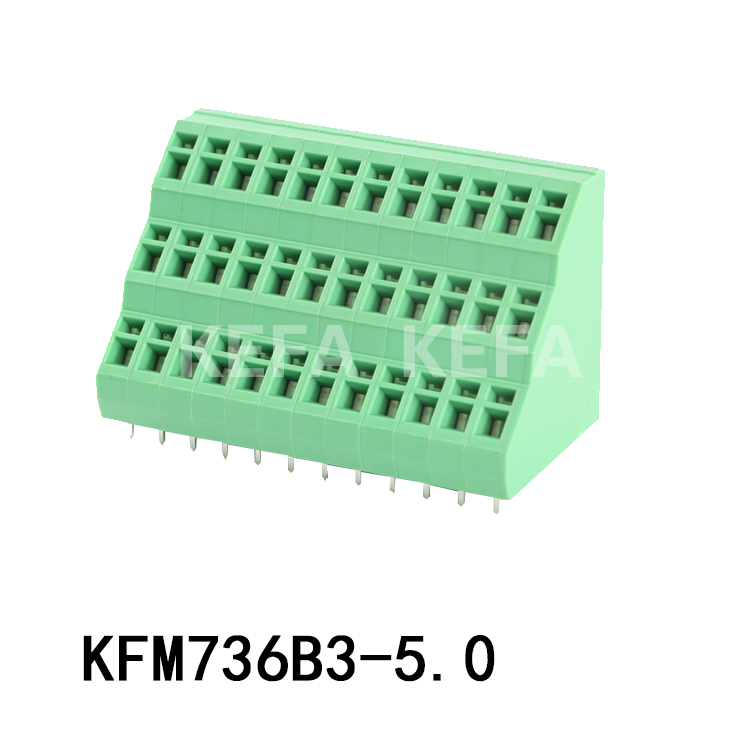
Selecting the correct wiring terminal blocks depends on the application’s requirements, such as the amperage, voltage, wire gauge, and environmental condition. It is essential to choose the proper wiring terminals to ensure the system’s optimal reliability and performance. We should take care to avoid using connectors that have too high or too low a rating, which can lead to malfunction, damage, or even electrical accidents.
The connection between the wire and the terminal block must be tight to make a secure, low-resistance electrical connection. For screw terminal blocks, it is essential to check the screw’s torque with a calibrated torque screwdriver to ensure optimal tightening. Over-tightening can cause damage to the screw or wire, and under-tightening can cause a loose connection.
For spring-cage, pressure, and pluggable terminal blocks, the user only needs to insert the wire correctly into the terminal block. These types of wiring terminals automatically provide the right amount of pressure and require no torque adjustment. However, ongoing inspection and testing are required to ensure proper functioning.
Avoid loose connections as they can cause overheating, arcing, or even fire. Loose connections can result from vibration or thermal cycling, which causes screws to loosen over time. Regular maintenance, screw retightening or the use of locking washers or cementing practices can help prevent loose connections.
Short-circuiting should be avoided at all costs as it can cause damage to devices or even fires. Short-circuits can result from the use of inappropriate terminal blocks or poorly connected wires. Short-circuits can also happen when wire insulation is stripped too far or when wires of different polarities come into contact. Always check the instructions, diagrams, or consult with an expert to avoid short-circuits.

Terminal electronics and wiring terminals are all vital electronic components for any electronic industrial systems. They are used to make secure and reliable connections, reduce maintenance time and effort. When selecting right terminal electronics and wiring terminals, care should be taken to ensure that they meet the system requirements. With proper installation, maintenance, and safety precautions,terminal electronics and wiring terminals help ensure reliable and safe system operation.If you want to get more details, pls contact us free ! www.cnsyelectronics.com
A terminal block is a compact, insulated base with metal contacts that lets you clamp, join, and distribute conductors without soldering. If you’ve ever routed power to a drive, brought sensor leads into a controller, or handed off field wiring to a PCB, you’ve used one. Understanding what is a term
As a Engineer ,It is very important to choose globally recognized premium terminal blocks .these manufacturersas below: Phoenix Contact, WAGO, Weidmüller, Eaton, Molex, Amphenol, Harting, and Shanye Electronics (subsidiary of Kefa Electronics). These industry leaders collectively dominate the $4.6
This article covers the technical features of spring-loaded and push-in terminals, and both the advantages and disadvantages of these technologies when it comes to installation practices, commissioning, footprint and authorisation for the North American market. Why do we need spring terminal block ?
Wiring a terminal block correctly is a fundamental skill in electrical work, ensuring safe and reliable connections. This article will help you to understand the essential steps, from preparing your wires to securing them properly within various terminal block types.ContentWhat are Terminal Blocks?R
What is terminal block ?terminal block, also known as a connection terminal, is a modular block used in electrical and electronics systems to connect and secure electrical wires or cables. It serves as a convenient and organized way to make electrical connections, whether for power distribution, sig
Terminal electronics is the key point at which a conductor from a electronic component, device or network comes to an end.Terminal may also refer to an electrical connector at this endpoint, acting as the reusable interface to a conductor and creating a point where external circuits can be connected